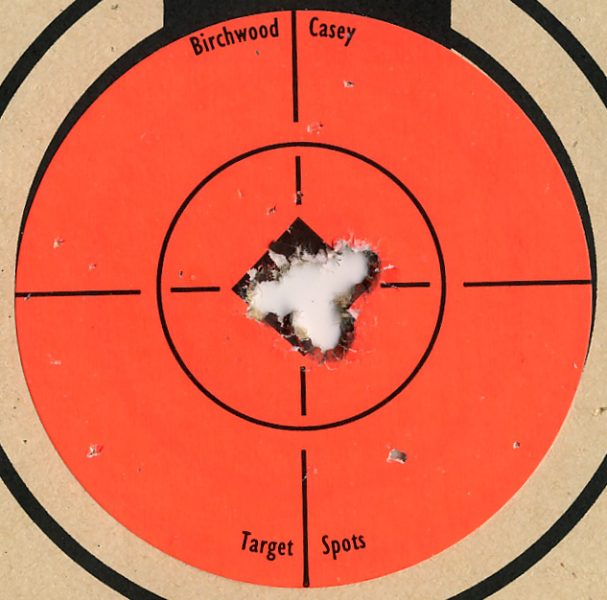
There is a difference between bullseye shooting, where you are trying to hit the center X on the target, and training for defensive purposes.
People make the mistake of shooting at a bullseye, thinking that it is good training for self-defense. It is, but it isn’t because there is not a massive X on the bad guy’s chest.
First, a person must be sure that they can put rounds where they need to go. After mastering the fundamentals, a person begins to develop muscle memory and confidence in their ability to hit a target. Then, they can work on other things like speed and drawing from a holster.
When you first learn to shoot, you focus on hitting the center X of the target every time. But it is important to know the difference between target accuracy and self-defense accuracy, or what some call “combat shooting.”
When you are treated out in the real world, your adrenaline is pumping, and everything seems to blur. Since you are in a life-or-death situation, you need to get rounds into the center mass of your attacker as quickly as possible.
Stop The Threat
To put it bluntly, the best way to neutralize an attacker is to put as many holes as possible into their vital organs. In a self-defense situation, the goal is always to STOP THE THREAT, and worrying about getting all the shots into a small group will slow you down. I always stress that when I am teaching a concealed carry class. You are not there trying to kill someone, you are trying to STOP THE THREAT, which is the guy attacking you. In other words, a realistic goal is to try to get all of your rounds into a center mass area roughly the size of a paper plate.
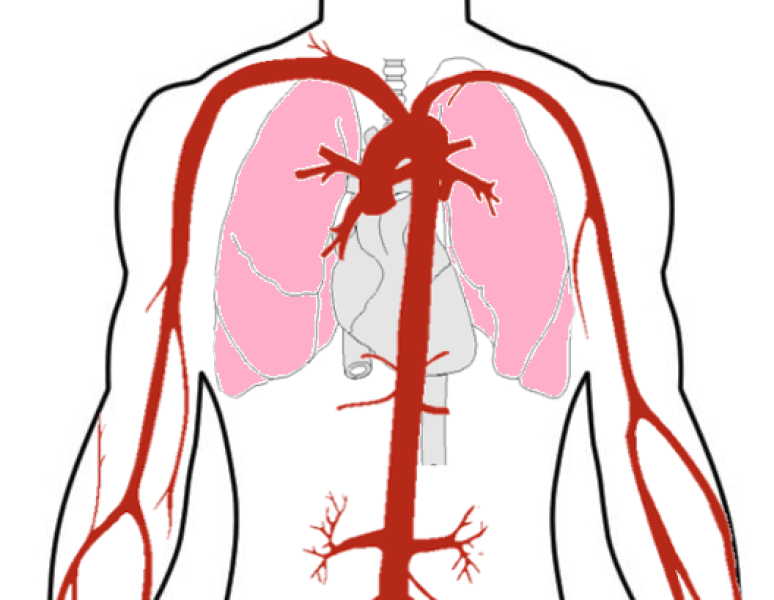
Bullseye Shooting
Bullseye or precision target shooting involves setting up your gun correctly and ensuring you have the sights perfectly lined up. You slowly squeeze the trigger as you make minor adjustments to your sight alignment and point of aim before firing. You must pay close attention to all the shooting fundamentals, including stance, breathing, sight alignment, and trigger control, but accuracy and precision, not speed, are the keys to bullseye shooting.
When practicing target shooting, your primary goal is to get all your shots in a tight group in the center X. That tight group is important, but you do not have time on your side in a defensive shootout.
Defensive Shooting
Unlike target shooting, defensive shooting involves other factors, like speed and drawing your weapon. Plus, in a self-defense situation, you may have someone shooting back at you, and you will need to move.
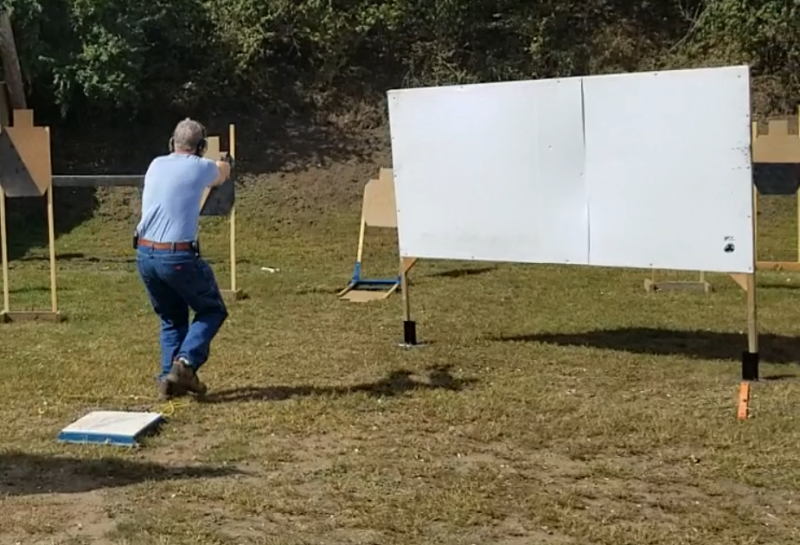
For self-defense, you should be able to use either hand equally well. You might only have your weak or support hand available in a life-or-death situation. You must have a good grasp on shooting your gun in either hand. Weak-hand shooting rarely gets enough practice time to develop proficiency because most people tend to practice what they like and are good at. It seems counterintuitive, but we all do it.
Although most self-defense shootings are close and at a distance of fewer than fifteen feet, you may remember the mass shooting in Indianapolis, Indiana, a few months ago. That showed that there might be times when you need to engage a threat from a distance. In that incident, an armed bystander fired ten shots, hitting the gunman eight times from 40 yards away.
Learning how to shoot accurately or bullseye shooting is the first thing you need to do to develop your shooting skills so you can defend yourself. You need to learn the basics first because that will be the base on which your expert gun handling is built.
Combat or defensive shooting is not a single skill but a set of skills. As a “set,” it comprises many components, beginning with the principles learned when attempting to hit the bullseye.
ABOUT THE AUTHOR:
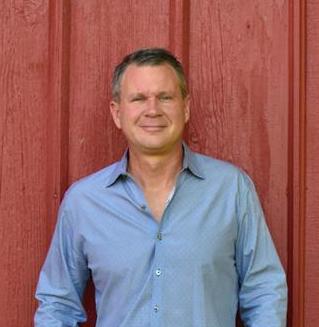
Brian Armstrong grew up in a small farm town in rural Indiana and learned to shoot before he learned to drive. His career began as a firefighter and medic in Ft Wayne, IN. Throughout the years, he has owned multiple businesses, from construction to technology. His life has come full circle, and he is back to his emergency services roots, teaching emergency first aid and firearms courses.
Brian believes that the best way to learn “HOW” to do something is to first answer “WHY” you do something. He is an average guy with views like yours and is now sharing the knowledge gained from teaching, learning from others, and researching the topics you don’t have time to explore yourself. Follow him at @LetsTalkDGU
![]()
You may also enjoy these popular articles:




©MTC Holsters, LLC and CrossBreed Holsters Blog, 2022.
Unauthorized use and/or duplication of this material without express and written permission from this site’s author and/or owner is strictly prohibited. Excerpts and links may be used, provided that full and clear credit is given to Travis Pike and the CrossBreed Blog with appropriate and specific direction to the original content.
![]()

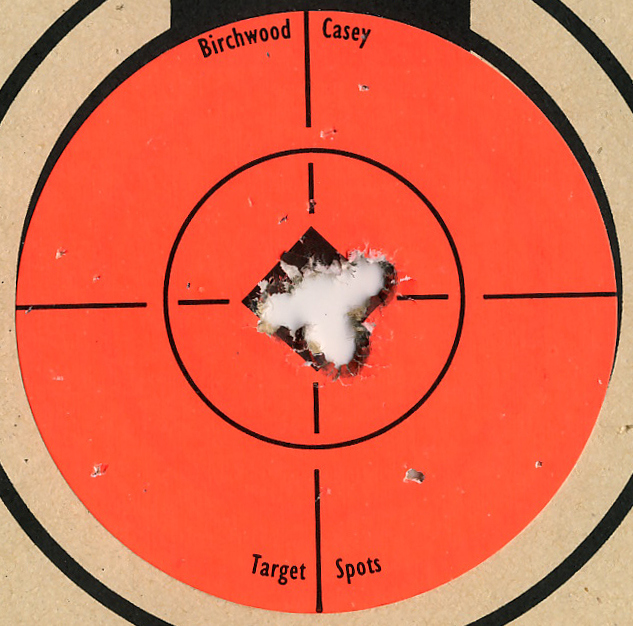
Very true. I tell my students that target shooting (especially at an indoor range) is excellent for building muscle memory, developing and maintaining good fundamentals. Those skills will help you be a better defensive shooter but they won’t make you a better defensive shooter. Two totally different disciplines.